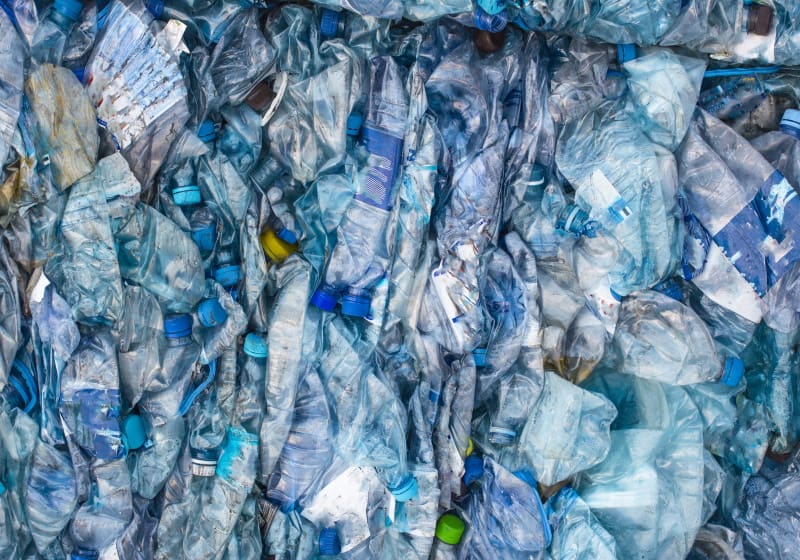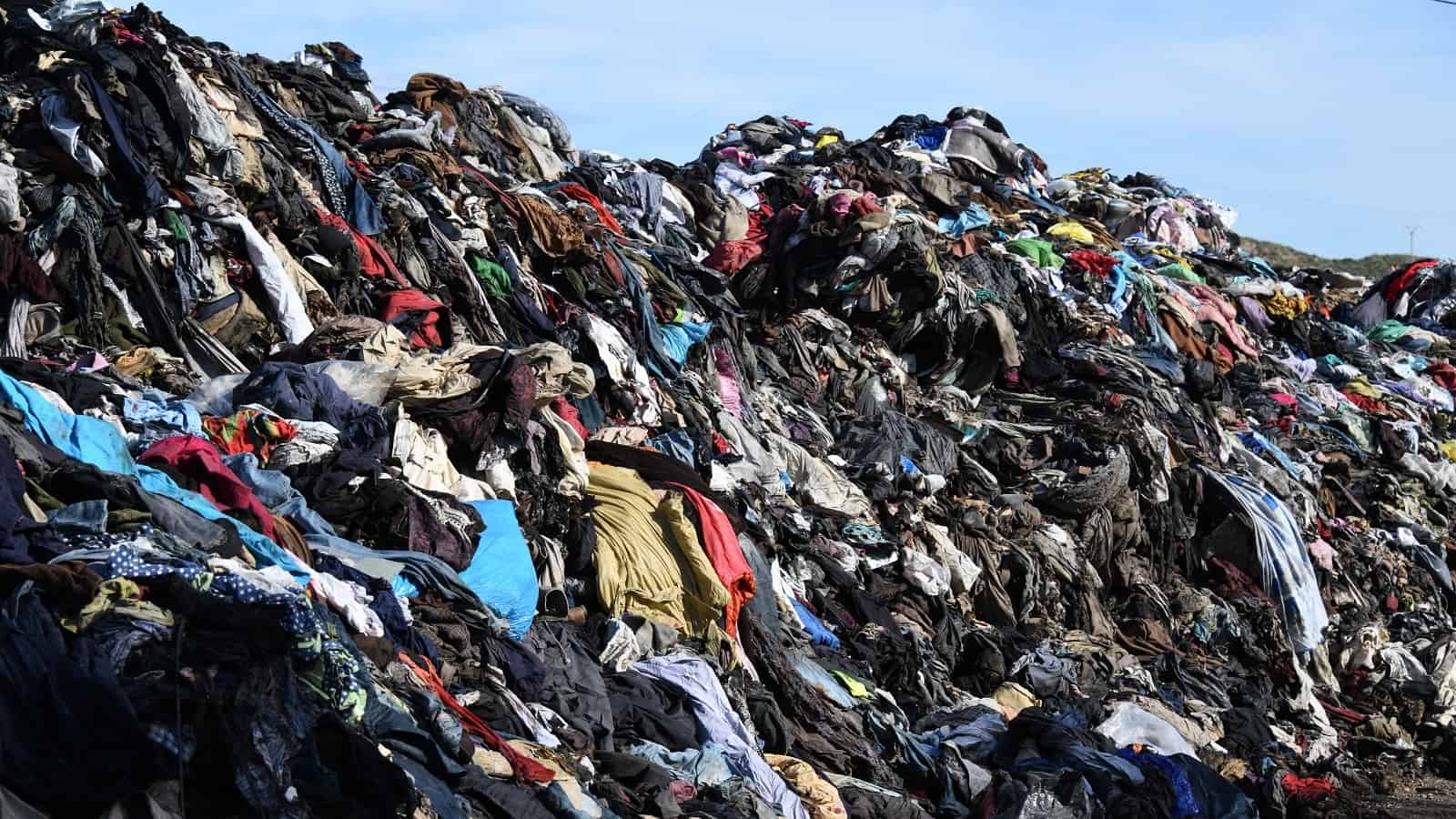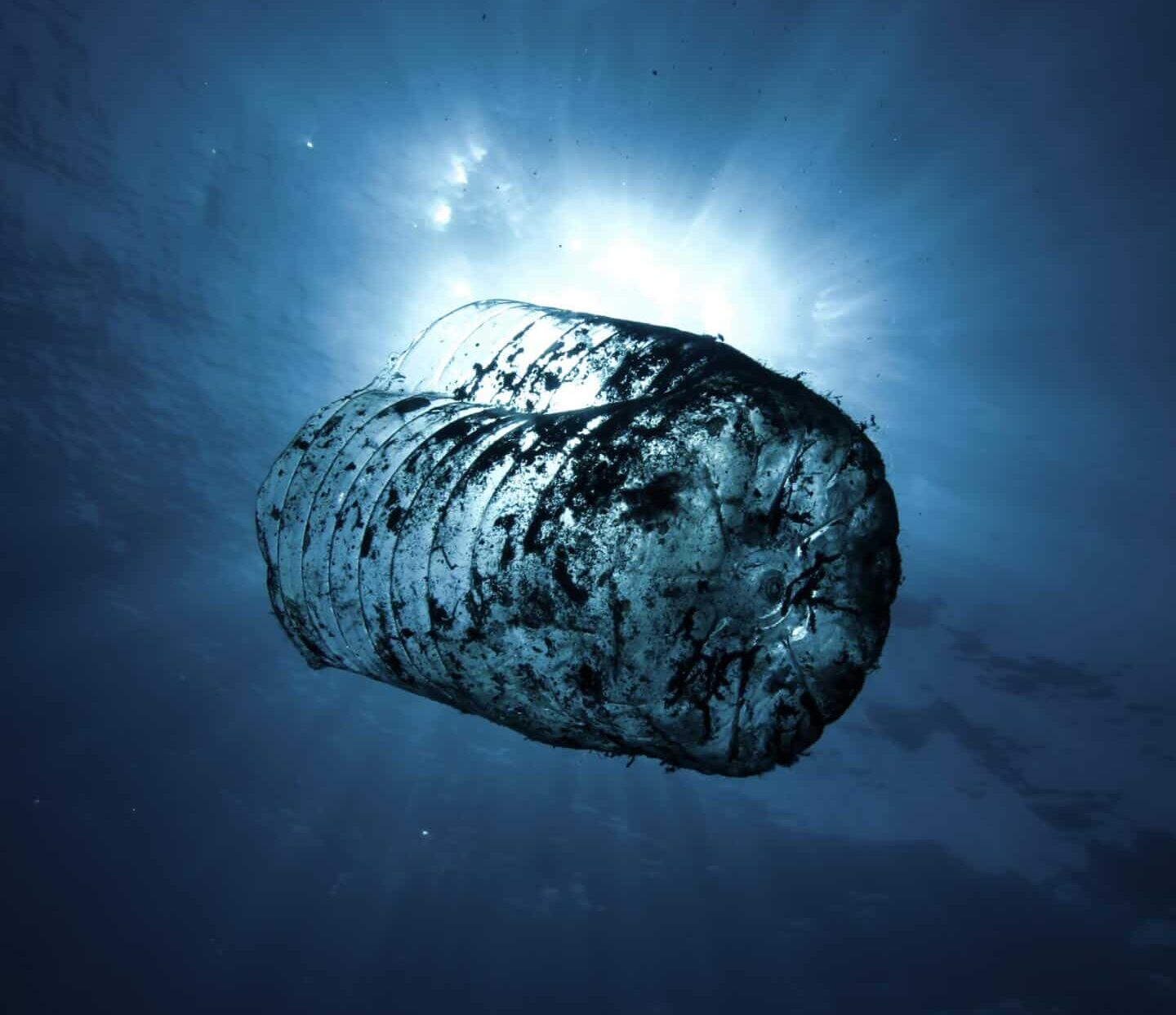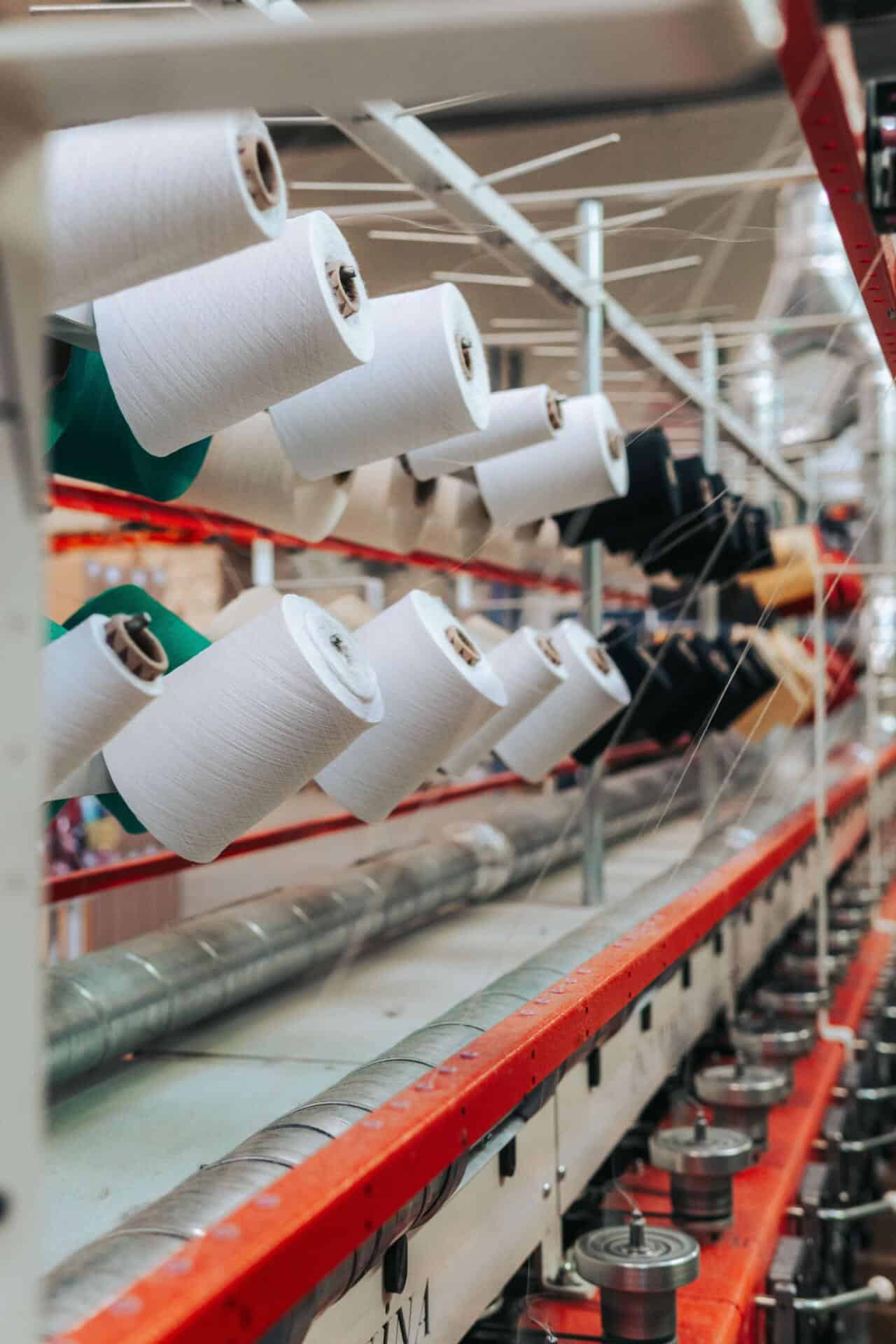Is recycled polyester a sustainable choice?
Discover how rPET is made and all of its pros and cons
Back in 1993, the first-ever recycled polyester fleece was created by Polartec and Patagonia...
...Nowadays, recycled polyester, which is also called rPet, is a trending and increasingly-popular textile material in the fashion world
In fact, as circular economy becomes a key practice in the world fashion market, the use of synthetics is still skyrocketing, with polyester as the most produced fiber, accounting for 51.5% of total fiber production. And it is from here that recycled polyester has started its ascent, from the apparent impossibility of replacing synthetics in brands’ collections, and the need of finding a way to keep using them through recycling processes. Some experts say it is a great solution for the global fashion impact, some say it is not a long-term solution or a sustainable practice at all.
Who’s right? We are not here to give you an answer, but to list all pros and cons and make you have your own opinion about it.
But first, let us tell you how it is made and the starting material
The vast majority of recycled polyester on the market is coming from mechanically recycled plastic water bottles

rPet is usually produced through a mechanical recycling process, precisely by taking plastic bottles, separating them by plastic type and sorting by color (Only PET bottles can be used to make polyester, therefore sorting into plastic type is critical), washing them (dirt and contaminants are removed from the plastic), shredding them into flakes and then turning them back into polyester chips, which are extruded into a recycled polyester fiber and then go through the yarn making process. Mechanical recycling can produce shorter fibre lengths which can reduce its strength and therefore often needs to be blended with other fibres.
...But it can also be made through chemical recycling

The chemical recycling of polyester consists of taking waste synthetic products, clean them, then break them down through a series of chemical reaction, thus returning them to their original monomers, which are indistinguishable from virgin polyester. Those can then go back into the regular polyester manufacturing system. This process, whilst more chemically and energy intensive compared to mechanical recycling, can create a polyester material that is reportedly of equal quality to conventional virgin PET.
Let's see all the PROS of using recycled polyester
Nr. 1
It keeps plastic bottles from going to landfills
Recycled polyester gives a new life to plastic bottles, which are not biodegradable and would otherwise stay in landfill for centuries. Estimates have shown that approximately 5 to 13 million metric tons of plastic end up in the oceans annually. Using old PET bottles to produce recycled polyester fabrics extends their lifecycle.
Nr. 2
It has a lower impact than virgin PET
It has been shown that manufacturing rPET requires around 60% less energy and emits up to 32% less CO2 in comparison to production of virgin polyester.
Nr. 3
It reduces the use of crude oil
By using recycled polyester, we can drastically reduce the extraction of crude oil.

Let's see all the CONS of using recycled polyester
Nr. 1
It does NOT help fashion circular economy of polyester garments
Recycled polyester garments are often made from recycled PET bottles, not from old polyester garments. So, it means that there are still a lot of non-biodegradable polyester garments in landfills around the world. And this is a lot if you consider that polyester accounts for 52% of the fibres used in the textile and apparel industry.
Nr. 2
It's weaker than virgin polyester (If created mechanically)
Most rPET is mostly obtained through mechanical recycling, as it is the cheapest process available on a large scale. However, through this process, the fibre loses its strength and thus often needs to be mixed with virgin fibre.
Nr. 3
It's not recyclable again
Most people believe that plastics can be infinitely recycled, but each time plastic is mechanically taken back to chips and heated, it degenerates, so it cannot be recycled a second time, due to a steep decline in its quality. "So it is not really circular, it's only a delay to landfills" as said by VIRTUE+VICE
Nr. 4
It's still not really energy-efficient compared to natural fibers
Even though rPET takes 59% less energy to be produced than virgin polyester, it still requires more energy than hemp, wool and both organic and regular cotton, according to a 2010 report from the Stockholm Environment Institute. This is why fashion brands are more and more encouraged to favor natural fibers as much as possible, even because their recycling processes are mechanical and extremely low-impact.
Nr. 5
It's still chemically dangerous
Another issue concerning the recycling process of polyester is that the chips generated by mechanical recycling can vary in color, making color consistency difficult to achieve. This is why, most of the time, chlorine-based bleaches to whiten the base are used, and this also requires large amount of water, energy and chemicals.
Nr. 6
It releases microplastics
Polyester - either virgin or recycled - generates plastic microplastics during each wash, which are released in the wastewater and then into the oceans.
Nr. 7
It releases more Antimony than virgin polyester
Some recent studies have shown that PET bottles leach antimony, a substance that is known to be cancer causing. Antimony oxide is typically used as a catalyst in the process of making PET bottles and polyester. Textile Exchange notes that whilst the concentration of antimony is rarely high enough in rPET clothes to affect us, finding substitutions to these chemicals will be important in the long run.

There is a specific reason why recycled polyester from plastic bottles is not properly "circular"
It is not made from wasted polyester garments, which instead keep being produced every year and then lie in landfills for centuries once they’re thrown away. Just so you know, nowadays, 99% of recycled polyester comes from PET bottles, while just 1% comes from wasted polyester fabrics, ocean waste and pre-consumer processing leftovers. Moreover, some say that recycled polyester is creating a weird competition in plastic bottles sourcing between the beverage industry and the fashion industry; so here’s another question, is recycled polyester also encouraging the production of single-use bottles?
Ultimately, as evidence have shown, we definitely need an increase of textile-to-textile recycling before rPET can be considered as a truly CIRCULAR material.
...And what about it's impacts and microplastics issue?
As clearly shown in the CONS section of this blogpost, recycled polyester is not nearly as low-impact as other recycled fibers (such as recycled animal fibers), which most of the times are taken back to fibers, yarns and fabric JUST TRHOUGH MECHANICAL PROCESSES, do not need dyes and are both recyclable and biodegradable (when they cannot be upcycled or downcycled anymore).
But that’s not it. if recycled polyester is used for washable garments, it will keep releasing microplastics in the water… Maybe this could be avoided by using recycled polyester for products that don’t need to be washed, such as bags or shoes.

About Manteco, Italian premium textiles and circularity since 1943
After decades in the fashion world, in 2018, we have created the Manteco Academy project, through which we give webinars, in-person lessons and workshops on eco-design, circular economy and sustainability to numerous fashion schools, technical universities and brands worldwide. Thanks to this educative commitment and our heritage, we are often invited as guest speaker at events, panels, podcasts and conferences about sustainable fashion and circular economy.

